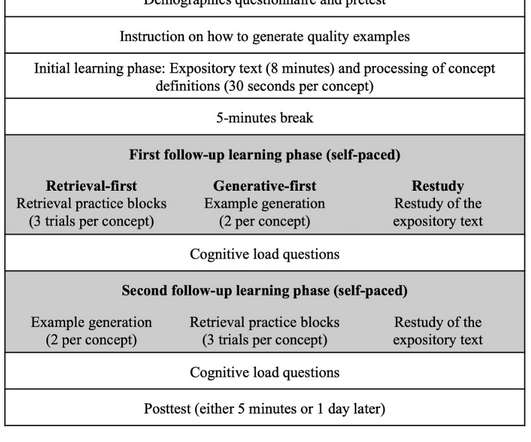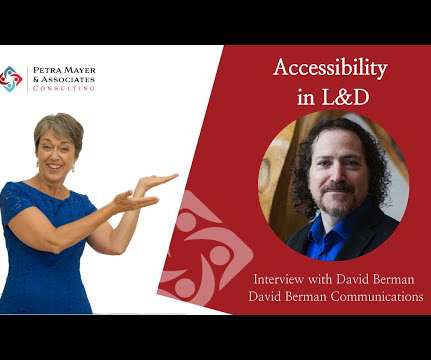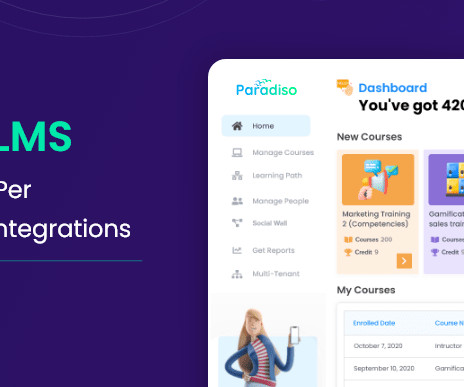Keynote Resources from #LUC2017
Kapp Notes
MAY 3, 2017
Games accommodate failure with multiple lives, second chances and alternative methods of success. Research indicates that our brains grow when we make a mistake because it is a time of struggle. Our brains react with greater electrical activity when we make a mistake than when we are correct.































Let's personalize your content